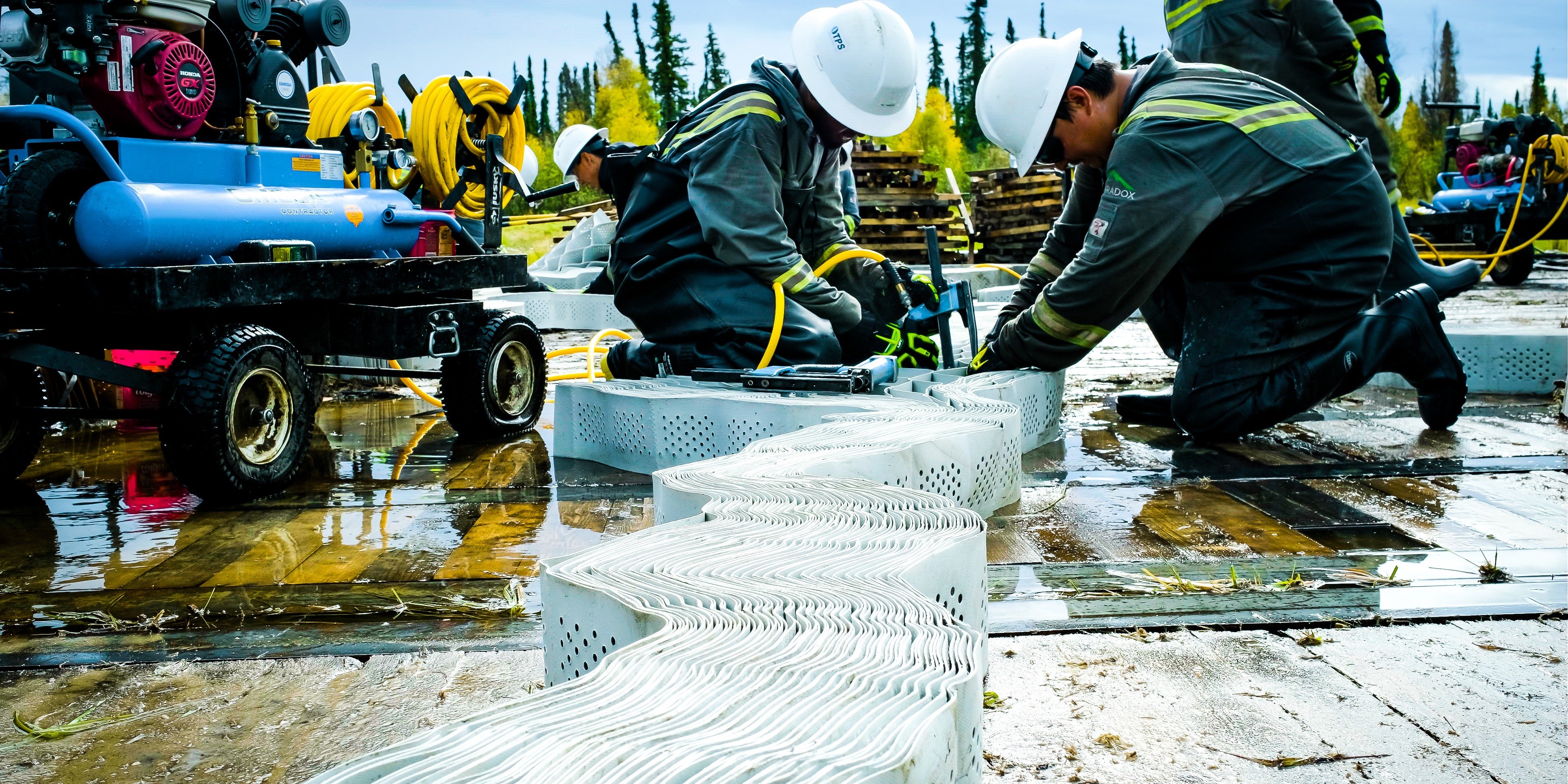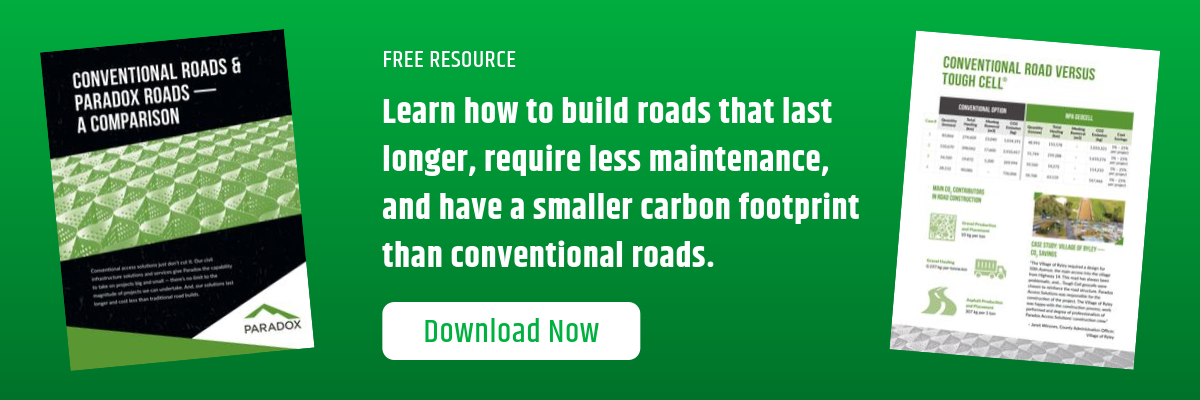A Better Future Demands Better Road Building Techniques Today
[ad_1]
For most of us, roads are extensive stretches of pavement that serpentine as a result of the countryside and maintain our towns arranged in neat grids. But – as with just about anything – there is a whole lot much more going on beneath the floor.
 Throughout the earth, the composition and compactness of the ground may differ wildly:
Throughout the earth, the composition and compactness of the ground may differ wildly:
- In and among municipalities, asphalt is laid atop the infrastructure that retains city areas cleanse and connected.
- In rural locations, exactly where infrastructure is significantly considerably less commonplace, gravel and grime streets are prone to deterioration.
- In distant areas, ground problems can be so wet, unstable, or impassable — that it might be a problem to construct a road of any style in the initially spot.
Irrespective of how and exactly where a highway is constructed — whether or not it’s a short term access highway to support oil and fuel functions, or a lasting, paved residential street — all roadways are in a continuous cycle of becoming created, preserved, repaired, and replaced… and this is no low-cost endeavour.
 The price of maintaining Canada’s community roadways
The price of maintaining Canada’s community roadways
Just take, for instance, the federal government’s new announcement to allocate $159 million for the improvement of approximately 9.4 kilometres of highway in British Columbia’s interior area.
This is a large money dedication for a rather little portion of road — not to mention the tremendous quantities of finite sources necessary. And, we have not even touched on the carbon emissions that could be launched from the typical roadbuilding strategies commonly employed in this form of challenge.
When you contemplate that there are extra than one million kilometres of roads in Canada that will all call for upkeep, repairs, and alternative at some stage — the great importance of increasing our roads’ good quality and longevity will become crystal very clear.
So, how can we keep on to evolve our design strategies so roads last longer, even though reducing the environmental effects on the land our roadways go as a result of?
At Paradox, we have been building methods that deal with this concern since 2009. Our matting and Difficult Cell® answers provide advantages that much surpass people of common street construction. We engineer streets that previous up to 20 yrs ahead of needing to be replaced, and for each individual extend of road we construct, we can offer true measurements of carbon personal savings.
[ad_2]
Supply link






